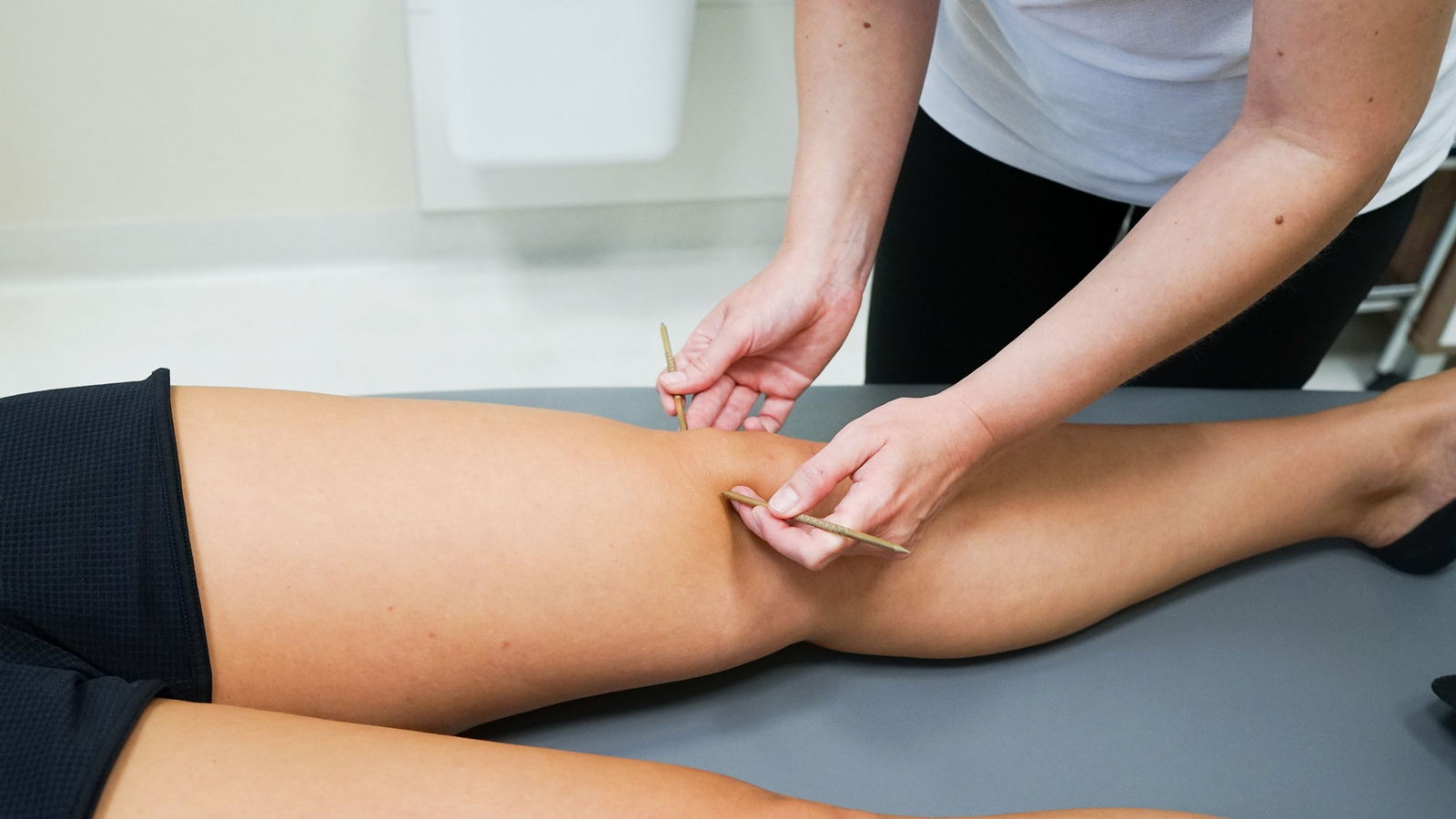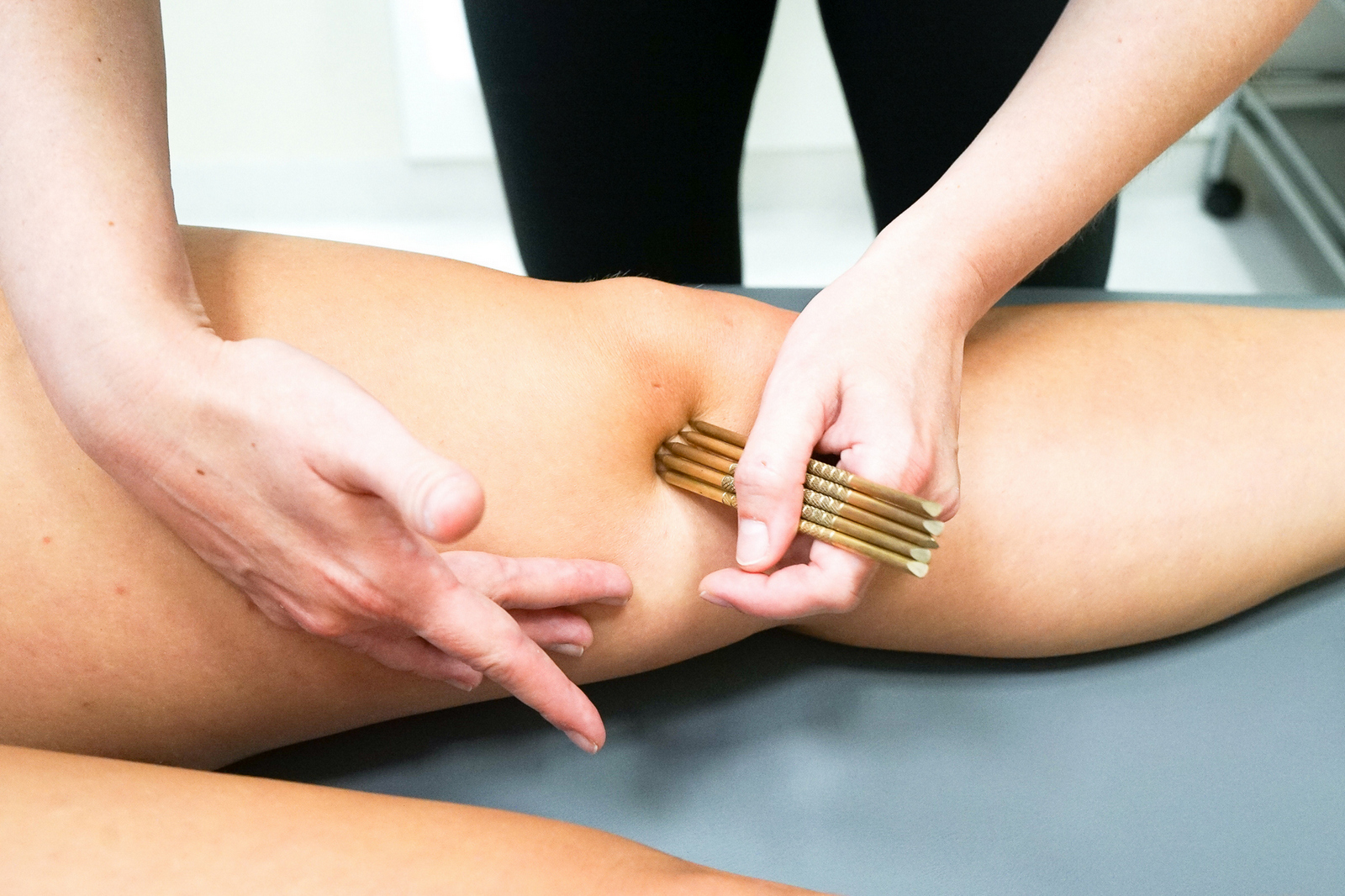Tool therapy
Manual therapy is a physiotherapeutic and diagnostic method of treating musculoskeletal disorders, based on the skillful application of therapeutic grasps of mobilization and manipulation. Therapeutic techniques are aimed at detecting and treating disorders of the muscles, joints, ligaments , nerves, as well as movement, breathing and posture patterns.
Therapy with manual and instrument techniques (using pins, cups and needles) are widely used in our office. They are aimed at stimulating soft tissue, improving nerve conduction, stretching and preparing muscles for exercise, improving joint play or unblocking a joint.
Among the most popular techniques are traction, compression, gliding , mobilization and manipulation, joint play, neuromobilization , deep massage, and trigger point therapy.
The selection of appropriate therapeutic methods depends on whether the problem involves muscles, nerves, joints or ligaments.
- Traction, compression, gliding, mobilization, manipulation or joint play is used to increase and improve the amount and quality of movement performed in a joint, improve blood circulation and thus regenerate the damaged structure;
- Neuromobilization stimulates nerve conduction processes to stimulate better tissue healing and improves the function of nervous system structures;
- Deep tissue massage, by performing appropriate techniques, improves tissue, loosens and stretches muscles, tendons and ligaments;
- Trigger point therapy involves applying pressure and relaxing the painful area within the muscle belly or fascia, and aims to relieve pain and improve disturbed movement patterns.

- Pinotherapy – a method involving non-invasive activation of self-repairing, physiological processes of the body and lifting the “tensions” of the central and peripheral nervous systems. Treatments are carried out on the surface of the skin with the use of special tools : pins and caths. Pinotherapy fuses together techniques that are derived from: acupuncture, dry needling, acupressure, reflexology, manual therapy techniques. It is widely used in the treatment of neurological and orthopedic conditions, as well as acute and chronic pain syndromes.
- Dry needling – is a mechanical therapeutic method that involves puncturing a trigger point or an overly tense muscle band with a thin, sterile single-use acupuncture needle. It is designed to address myofascial pain and dysfunction in the musculoskeletal system by desensitizing painful structures. The puncture improves circulation and stimulates the affected structure to regenerate itself. In addition, it removes pain and tension, improving flexibility and muscle length and thus recreates the correct movement pattern.
- Regular use of manual therapy results in an effective reduction of the patient’s pain, in addition, an increased range of mobility and joint mobility is observed. As a result of the applied therapy, the patient regains fitness and endurance, which largely improves the quality of life.

Contraindications to manual therapy:
Absolute:
- Advanced osteoporosis
- Lack of patient consent
- Fresh injuries, fractures, dislocations
- Urinary and/or fecal incontinence associated with spinal injury
- Undiagnosed history of trauma
- Cancer
- Bone tuberculosis
- Weight loss with no apparent cause
- Fever or subfebrile state
- Dislocations and joint dislocations
Relative:
- Changes in the structure of the vertebral arteries (cervical spine)
- Abdominal aortic aneurysm (lumbar spine)
- Ligament instability in the upper cervical spine( RA)
- Herniated nucleus pulposus
- Inflammatory conditions
- Blood clotting problems
- Hypermobility
- Hard resistance in the final range of motion
Indications for manual therapy:
- Muscle and joint pain
- Osteoarthritis of the spine and peripheral joints
- Migraines and recurrent headaches
- Sciatica
- Postural defects
- Discopathy
- Functional locking of joints
- Muscle contracture
- Overload lesions of the spine
- Post-traumatic pain
- Neck pains
- Condition after surgical procedures
- Neuropathies
| Rzeszów, al. Rejtana 53 (3 piętro) tel. 17 865 20 06 |
| Rzeszów, ul. Łukasiewicza 88 tel. 533 349 029 |